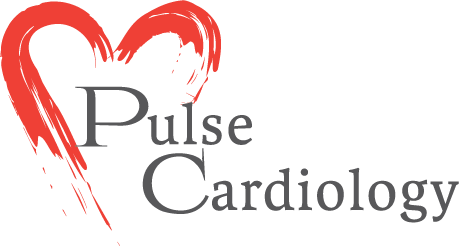The 5 Different Types of Cardiomyopathy
What is Cardiomyopathy?
Cardiomyopathy is a condition of the heart in which heart muscle gets affected. In cardiomyopathy, mostly the heart muscle becomes enlarged, rigid or thick and also in some cases, muscle tissue scar also occurs.

Now, there are 5 different types of Cardiomyopathy. Let us try and check out each one of them and the difference between each of them.
Dilated Cardiomyopathy
This is the most commonly found type in which the heart muscles becomes enlarged. This is also known as DCM. The heart muscles become too weak to pump blood efficiently. In Dilated Cardiomyopathy, the heart muscle stretches and becomes thin. This condition can be hereditary, or can be due to coronary artery condition.
Hypertrophic Cardiomyopathy
This is fairly the most common type of cardiomyopathy. The heart muscles become thick and prevents the flow of blood to the heart. One of the common reasons for this is genetics. It can also be caused due to long term blood pressure conditions, diabetes or thyroid conditions as well. Aging is also another factor for Hypertrophic Cardiomyopathy.
Restrictive Cardiomyopathy
Out of all the types of cardiomyopathy, Restrictive Cardiomyopathy is the least common form of heart condition. It occurs when the walls of the ventricles of the heart stiffen and end up being filled with blood. It is said that the condition of Restrictive Cardiomyopathy occurs after a heart transplant due to scarring of the heart. However, in certain cases, it can also occur due to the result of underlining heart conditions.
Left Ventricular Non-Compaction
Left Ventricular Non-Compaction, also known in short as LVNC, is a heart condition in which the left ventricle growth is abnormal and it becomes thick and spongy. In LVNC, the left chamber of the heart, also known as the left ventricle, which helps the heart pump blood is not developed correctly. The muscles are not smooth and firm but due to improper growth, the heart muscle is thick and spongy. This condition is found both in children and adults.
Arrhythmogenic Right Ventricular Dysplasia
Arrhythmogenic Right Ventricular Dysplasia, also known in as ARVD, is a very rare form of cardiomyopathy which is usually caused due to severe genetic condition. It is a type of genetic cardiomyopathy in which fat and extra fibrous tissue replace the muscle of the right ventricle which leads to abnormal heart rhythms.
Click here to learn more about Cardiomyopathy, Symptoms, and Treatment
These are some of the types of cardiomyopathy which are found, but there are more types which are very rare. In most of the cases, recovery can be good only if the diagnosis is done in time. If the condition is properly treated, then by various methods available, both intrusive and non-intrusive, recovery is possible. In addition to that, it is very important that a healthy lifestyle is maintained for a healthy heart.
